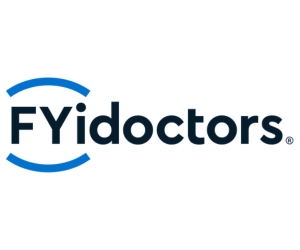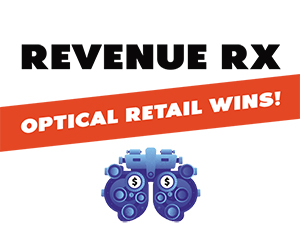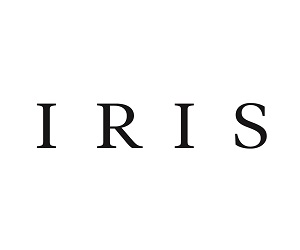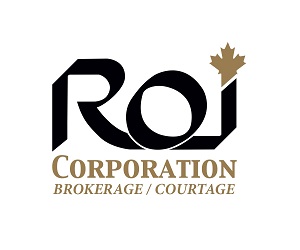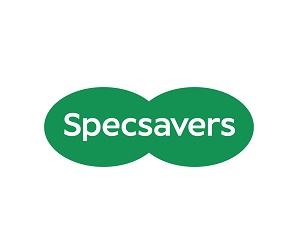By Dr. Trevor Miranda.
Dr. Miranda contributes his thoughts and perspectives on the topic of Independent Eye Care Practice in Eye Care Business Canada. This post is his first contribution to the series. Check out all of Dr. Miranda’s articles in Independent Insights category.
Today’s term “Independent Optometrist” has been hijacked by almost every form of practice.
Practitioners next to Lenscrafters, inside of big box stores and practicing in solo and group practices all have seized the phrase “independent optometrist” to describe their mode of practice. I would like to think I am an independent optometrist. Free to practice how I see fit with the equipment, products, staff, fees and culture that I feel suits my practice preferences.
What does it mean to be “independent”? What are the benefits and risks of being truly independent?
Dealing with Complexity
As a parent of three adult children, my goal has always been to raise independent kids. Today’s world is intricate and complex, full of nuanced relationships and global challenges. Might a better goal be to raise children that are capable of independence through interdependence? By this, I mean being stronger as an individual by learning and collaborating with others.
Can we apply the same goal to our optometric professional careers? Learning, collaborating and networking are basic tenets of excellence. In my career, I have learned processes and skills from those practitioners that have consistently shown excellence in their practice and personal lives. Learning is important but implementation is even more important to benefit from the learnings.
How to Collaborate
There are many ways to collaborate within the profession. Join your provincial and national professional associations. Be an active member and take on committee chair or Board positions. Join a buying/training network; I am part of Eye Recommend and have consistently gleaned practice management nuggets from my peers during an ER conference or get-togethers. Join a small business optometric group; I am part of a “mastermind” type group called Quantum where we share professional and personal challenges and collaborate with best practices and share the “group mind”. I am also part of our regional “BIG” (Business Influence Group). This group discusses all matters of optometry from HR and staffing issues to tricks and tips to maximize opportunities and practice enjoyment.
Today’s uber-competitive retail environment requires independent practitioners to collaborate with manufacturer suppliers. Choosing such partners requires careful consideration. Does an independent optometrist fit all contact lenses? Does the clinic deal with multiple spectacle lens companies? Does joining a buying group reduce the cost of goods and improve choices? These questions need to be answered but the most important question is what is best for the patient?
The Role of Bias
It has always amazed me when one clinic can sell one brand of glasses and a clinic across the street feels like that frame line “doesn’t sell”.
Even at the same store, different opticians may have a bias towards certain products which can result in vastly different styles and designs of optical products that are sold.
Most professional sales personnel don’t usually have such a wide choice of similar products to choose from. For instance, a car salesperson for Lexus has a limited product offering and must understand and highlight the features and benefits of Lexus, not Mercedes.
Choose Your Supplier Companies Carefully
Limiting the product offering to excellent products and allowing very occasional ‘off menu’ choices in exceptional circumstances can improve staff product knowledge, increase supplier investment in your clinic and reduce costs in shipping and reduce costs of goods.
Choose your contact lens, spectacle lens and frame manufacturers carefully. Which companies support your independent practice ideals? Do these companies compete with your clinic at a retail level? Do they have products available online at a retail level? Do they help keep repeat orders through your independent OD channels?
The inter-dependence of suppliers and independent optometrists relies on careful consideration on choosing your supplier partners. Every purchase you make from a supplier is a proxy for your future success.
I recommend picking two suppliers in each category and deepening your partnerships. This existential dilemma will only increase as manufacturers continue to supply optometrists on the wholesale side while attempting to compete for our patients on the retail side.
Next Level Collaboration
Might the future survival of truly independent practices rely on cross-equity partnerships where independent clinics own pieces of other independent clinics? Might this joint ownership model allow for better pricing through a master account so independents can compete on a level playing field with corporate accounts to lower product acquisition costs?
I am a big believer in the future of independent optometry. Independents can truly keep the patient’s best interests at the top of the pyramid while curating partnerships with industry and partnerships with other like-minded clinics. Independence through interdependence!

DR. TREVOR MIRANDA
Dr. Miranda is a partner in a multi-doctor, five-location practice on Vancouver Island.
He is a strong advocate for true Independent Optometry.
As a serial entrepreneur, Trevor is constantly testing different patient care and business models at his various locations. Many of these have turned out to be quite successful, to the point where many of his colleagues have adopted them into their own practices. His latest project is the Optometry Unleashed podcast.









